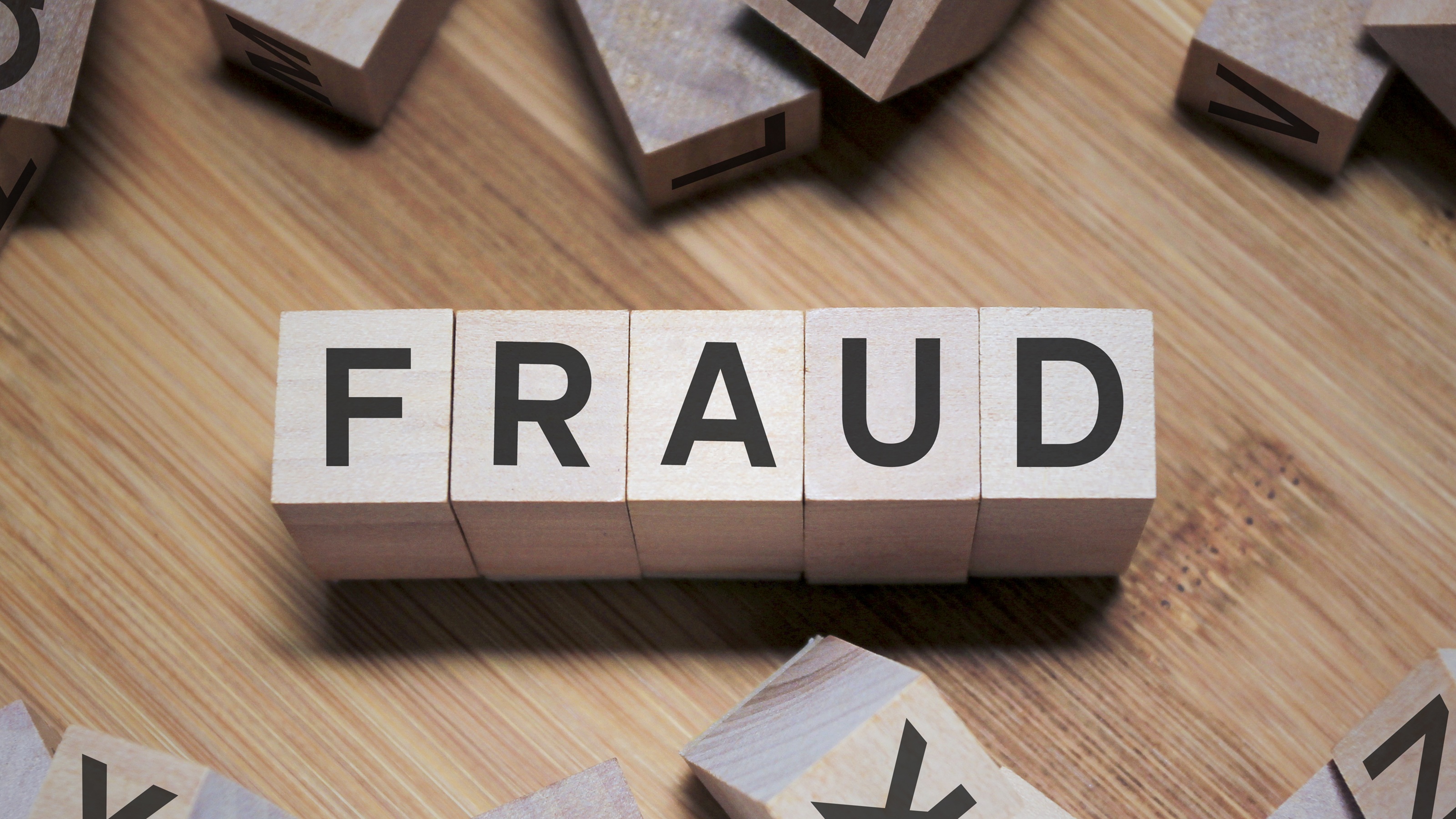Worried about Passing Down a Big IRA? Consider a CRT
Charitable remainder trusts give you more options and more control on how your heirs inherit now that the “stretch” IRA is a thing of the past.


Since the mid-1970s, saving in a tax-deferred employer- sponsored retirement plan has been an easy way to save for retirement while also deferring current income tax. Many working Americans allocate a portion of their paychecks into 401(k)s, which can later be transferred to a traditional Individual Retirement Account (IRA). Others save directly in IRAs.
Taking lifetime IRA distributions can provide a retiree a comfortable standard of living long after she receives her final paycheck. Another benefit of saving in an IRA is that the investor’s children can continue to take distributions taxed as ordinary income following her death until the IRA is finally depleted. The strategy of saving in a tax-deferred plan and allowing a non-spouse beneficiary to take an extended stretch payout using a beneficiary IRA has been an important part of leaving a legacy for families. However, this changed with the passage of the Setting Every Community Up for Retirement Enhancement Act of 2019 (the SECURE Act), which went into effect on Jan. 1, 2020.
Only 10 Years to Drain Account without a Stretch IRA
Under the SECURE Act, with a few exceptions for minors, disabled beneficiaries or the chronically ill, a beneficiary who is not the IRA owner’s spouse must withdraw all funds from a beneficiary IRA within 10 years. Requiring a child or other non-spouse beneficiary to accept and pay income tax within 10 years on amounts held in a beneficiary IRA eliminates the common practice by beneficiaries and IRA owners of spreading distributions over a period greater than 10 years to create income tax advantages. Additionally, since some IRA owners hold a significant part of their investment holdings in traditional IRA accounts, a conduit trust (or trusteed IRA) was used to limit a beneficiary’s ability to immediately access IRA funds or to limit distributions to required minimum distributions for terms exceeding 10 years for both tax-deferral and creditor protection.
From just $107.88 $24.99 for Kiplinger Personal Finance
Become a smarter, better informed investor. Subscribe from just $107.88 $24.99, plus get up to 4 Special Issues

Sign up for Kiplinger’s Free Newsletters
Profit and prosper with the best of expert advice on investing, taxes, retirement, personal finance and more - straight to your e-mail.
Profit and prosper with the best of expert advice - straight to your e-mail.
Due to the passage of the SECURE Act, the “stretch IRA” has been consigned by law to estate planning oblivion. But can anything else be done for those who may not want their children to be forced to realize income tax or to be allowed to have unconstrained access to your traditional IRA assets within 10 years?
Enter the CRT
The answer is yes, there is an option for extending IRA distributions to a child beyond the 10-year limit imposed by the SECURE Act. It involves using a tool familiar to estate planning professionals for those who are charitably inclined. A Charitable Remainder Trust (CRT) is a trust that provides for distributions of a fixed percentage or fixed amount to one or more beneficiaries for life or a term of less than 20 years. As the name implies, the remainder of the assets will be paid to one or more charities at the end of the trust term.
Charitable Remainder Trusts can provide that a fixed percentage of the trust assets at the time of inception will be given to the current individual beneficiaries, with the remainder being given to the charity — or charities, in the case of a Charitable Remainder Annuity Trust (CRAT). Alternatively, with a Charitable Remainder Unitrust (CRUT), the amount distributed to the individual beneficiaries will vary from year to year based on the changing value of the trust. With both types of trusts, the amount of the charity’s remainder interest must be at least 10% of the value of the trust at its inception.
One Hypothetical Family’s Story
Here’s an example of how a CRUT can be used to transfer money to a beneficiary while enjoying tax advantages:
Let’s say you inherit an IRA with a balance of $400,000 from your father. Under the SECURE Act, you will be required to take the balance within 10 years. If you take one-tenth ($40,000) in year one and you are in the 22% tax bracket, you will pay $8,800 in additional income tax for that year. If you decide to take the entire IRA balance in the first year, such a large distribution would automatically put you in at least the 35% tax bracket, meaning that you'd pay a minimum of $140,000 of additional income tax. If your total income puts you in the 37% tax bracket, the distribution would raise your tax bill by $148,000. If you are in the 22% tax bracket, in effect your $400,000 inheritance is worth only $312,000 at your father’s death or less if you choose to take a lump sum. Additionally, any gains or growth within the IRA are also taxed at your income tax rate when a distribution is made.
Now, let’s look at how the distribution of this money would work differently using a CRUT. Let’s say your father names a CRUT as beneficiary of his $400,000 IRA, and you are the recipient of a 7% unitrust payment for the lesser of your lifetime or 20 years. Since there is a qualified charity as the ultimate beneficiary, the CRUT can immediately take the full value of the IRA tax free, so the CRUT is funded with $400,000. The trust is invested in bonds and growth stocks that net $4,000 income after expenses — importantly, for tax purposes, you are not taxed on the capital gains. In the first year, you receive 7% of the total amount, or $28,000. The $4,000 attributed to income that the trust earned is allocated to you under applicable tax law. Of that distribution, you will pay only $880 in additional income tax ($4,000 x 22%). The tax saving is more dramatic if you are in a higher tax bracket.
Using a CRT to extend distributions from a traditional IRA may have certain tax advantages and can complement, but generally does not replace, other estate planning. It can be particularly effective when your current beneficiary has taxable income from other sources and resources in addition to the beneficiary IRA. Alternatively, it can be effective in protecting the IRA assets from a beneficiary’s creditors or for planning with potential marital property while providing the beneficiary a lengthy predictable income stream.
Using a Charitable Remainder Trust for planning with an IRA or other assets has many tax and estate planning advantages beyond the scope of this brief article. My purpose is to introduce another option for those who wish to give IRA assets to their beneficiaries but want an alternative to the 10-year payout period imposed by the SECURE Act.
Estate planning attorneys, financial planners and trust advisers welcome conversations about planning strategies carefully designed to meet your needs and those of your family. A CRT may not be the best strategy for your circumstances, but let this article start the conversation.
Profit and prosper with the best of Kiplinger's advice on investing, taxes, retirement, personal finance and much more. Delivered daily. Enter your email in the box and click Sign Me Up.

James Ferraro is a vice president and trust counsel in the Shreveport, La., and Kansas City, Mo., offices of Argent Trust Company. Ferraro is a 2003 graduate of the University of Missouri at Kansas City School of Law, past president of the family and the law section of the Kansas City Metropolitan Bar Association, is a member of the Tax and Estate Planning Council of Shreveport and a Regional Ambassador for the Kansas City Estate Planning Symposium.
-
 3 Major Changes to the Charitable Deduction in 2026
3 Major Changes to the Charitable Deduction in 2026Tax Breaks About 144 million Americans may qualify for the 2026 universal charity deduction, while high earners face new IRS limits. Here's what to know.
-
 Where to Stash Cash as Yields Fall, According to Advisers
Where to Stash Cash as Yields Fall, According to AdvisersYour best options depend on how soon you'll need the money and your tolerance for risk.
-
 Control vs Protection Quiz: Which Trust Do You Need?
Control vs Protection Quiz: Which Trust Do You Need?Quiz Take this simple quiz to discover whether a revocable or irrevocable trust should be the cornerstone of your estate plan.
-
 I'm a Financial Pro: You Really Can Make New Year's Money Resolutions That Stick (and Just Smile as Quitter's Day Goes By)
I'm a Financial Pro: You Really Can Make New Year's Money Resolutions That Stick (and Just Smile as Quitter's Day Goes By)The secret to keeping your New Year's financial resolutions? Just make your savings and retirement contributions 100% automatic.
-
 As We Age, Embracing Our Own Self-Doubt Can Be a Gift: A Cautionary Tale About Elder Financial Abuse
As We Age, Embracing Our Own Self-Doubt Can Be a Gift: A Cautionary Tale About Elder Financial AbuseAn aging couple hired a company that illegally required large deposits, and then they decided to stick with the company even after an employee stole from them.
-
 Domestic vs Offshore Asset Protection Trusts: A Basic Guide From an Attorney
Domestic vs Offshore Asset Protection Trusts: A Basic Guide From an AttorneyLearn the difference between domestic asset protection trusts and foreign or offshore asset protection trusts to help you decide what might work best for you.
-
 Now That You've Built Your Estate Planning Playbook, It's Time to Put It to Work
Now That You've Built Your Estate Planning Playbook, It's Time to Put It to WorkYou need to share details with your family (including passwords and document locations) and stay focused on keeping your plan up to date.
-
 I'm a Wealth Adviser: These 10 Strategies Can Help Women Prepare for Their Impending Financial Power
I'm a Wealth Adviser: These 10 Strategies Can Help Women Prepare for Their Impending Financial PowerAs women gain wealth and influence, being proactive about financial planning is essential to address longevity and close gaps in confidence and caregiving.
-
 I'm a Financial Planning Pro: This Is How You Can Stop These 5 Risks From Wrecking Your Retirement
I'm a Financial Planning Pro: This Is How You Can Stop These 5 Risks From Wrecking Your RetirementYour retirement could be jeopardized if you ignore the risks you'll face later in life. From inflation to market volatility, here's what to prepare for.
-
 Are You Hesitating to Spend Money You've Spent Years Saving? Here's How to Get Over It, From a Financial Adviser
Are You Hesitating to Spend Money You've Spent Years Saving? Here's How to Get Over It, From a Financial AdviserEven when your financial plan says you're ready for a big move, it's normal to hesitate — but haven't you earned the right to trust your plan (and yourself)?
-
 Time to Close the Books on 2025: Don't Start the New Year Without First Making These Money Moves
Time to Close the Books on 2025: Don't Start the New Year Without First Making These Money MovesAs 2025 draws to a close, take time to review your finances, maximize tax efficiency and align your goals for 2026 with the changing financial landscape.